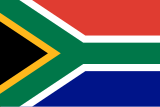
Mountaineering, mountain climbing, or alpinism is a set of outdoor activities that involves ascending mountains. Mountaineering-related activities include traditional outdoor climbing, skiing, and traversing via ferratas that have become sports in their own right. Indoor climbing, sport climbing, and bouldering are also considered variants of mountaineering by some, but are part of a wide group of mountain sports.

The International Climbing and Mountaineering Federation, commonly known by its French name Union internationale des associations d'alpinisme, was founded in August 1932 in Chamonix, France when 20 mountaineering associations met for an alpine congress. Count Charles Egmond d'Arcis, from Switzerland, was chosen as the first president and it was decided by the founding members that the UIAA would be an international federation which would be in charge of the "study and solution of all problems regarding mountaineering". The UIAA Safety Label was created in 1960 and was internationally approved in 1965 and currently (2015) has a global presence on five continents with 86 member associations in 62 countries representing over 3 million people.
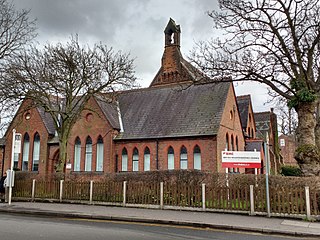
The British Mountaineering Council (BMC) is the national representative body for England and Wales that exists to protect the freedoms and promote the interests of climbers, hill walkers and mountaineers, including ski-mountaineers. The BMC are also recognised by government as the national governing body for competition climbing.
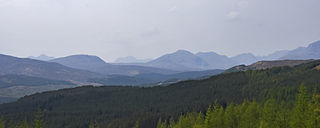
Established in 1889, the Scottish Mountaineering Club is a club for climbing and mountaineering in Scotland.

Suikerbosrand Nature Reserve is a protected area which encompasses most of the Suikerbosrand Range, South Africa. It is one of Gauteng’s most frequented ecotourism locations, few mile from Johannesburg, and an hour's drive from Johannesburg International Airport and adjacent to the town of Heidelberg in the upper catchment of the Klip and Suikerbosrand Rivers. The altitude varies between 1,545 and 1,917 m above sea level.

A mountain hut is a building located high in the mountains, generally accessible only by foot, intended to provide food and shelter to mountaineers, climbers and hikers. Mountain huts are usually operated by an Alpine Club or some organization dedicated to hiking or mountain recreation. They are known by many names, including alpine hut, mountain shelter, mountain refuge, mountain lodge, and mountain hostel. It may also be called a refuge hut, although these occur in lowland areas too.

The Croatian Mountaineering Association covers both mountaineering and a broad range of related activities. Unlike the majority of the international mountaineering associations, the association's remit extends to speleology, climbing, orienteering and mountain rescue.
The American Alpine Club (AAC) is a non-profit member organization with more than 24,000 members. The club is housed in the American Mountaineering Center (AMC) in Golden, Colorado.
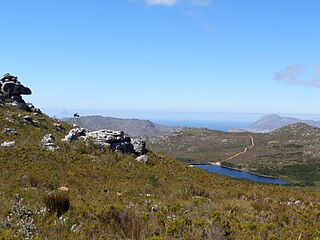
Silvermine Nature Reserve forms part of the Table Mountain National Park in Cape Town, South Africa. It covers the section of the Cape Peninsula mountain range from the Kalk Bay mountains through to Constantiaberg. The area is a significant conservation area for the indigenous fynbos vegetation, which is of the montane cone-bush type at this location.
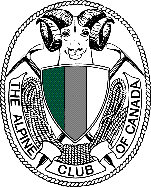
The Alpine Club of Canada (ACC) is an amateur athletic association with its national office in Canmore, Alberta that has been a focal point for Canadian mountaineering since its founding in 1906. The club was co-founded by Arthur Oliver Wheeler, who served as its first president, and Elizabeth Parker, a journalist for the Manitoba Free Press. Byron Harmon, whose 6500+ photographs of the Canadian Rockies in the early 20th century provide the best glimpse of the area at that time, was official photographer to the club at its founding. The club is the leading organization in Canada devoted to climbing, mountain culture, and issues related to alpine pursuits and ecology. It is also the Canadian regulatory organization for climbing competition, sanctioning local, regional and national events, and assembling, coaching and supporting the national team.
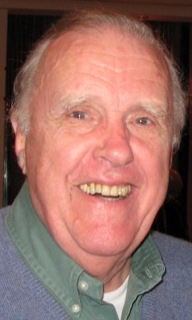
Ian McNaught-Davis was a British television presenter best known for presenting the BBC television series The Computer Programme, Making the Most of the Micro and Micro Live in the 1980s. He was also a mountaineer and alpinist. He was managing director of the British subsidiary of Comshare Inc.

The Methodist Church of Southern Africa (MCSA) is a large Wesleyan Methodist denomination, with local churches across South Africa, Namibia, Botswana, Lesotho and Eswatini, and a more limited presence in Mozambique. It is a member church of the World Methodist Council.
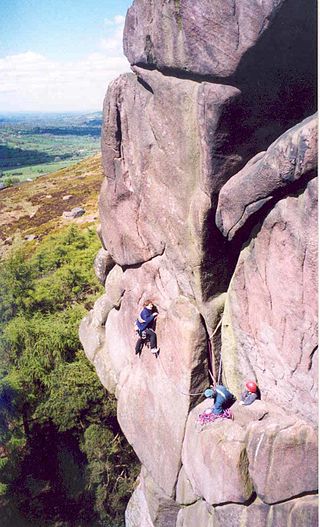
Climbing, or alpine, clubs form to promote and preserve the climbing way of life, including rock climbing, ice climbing, alpinism & ski mountaineering.

Mandip Singh Soin is a prominent Indian mountaineer, explorer, adventure travel expert, environmentalist, speaker and a Fellow of the Royal Geographical Society. He has spent over forty years in the field of adventure, having gone on expeditions to all the seven continents of the world. His mountaineering ascents and explorations include several Indian “firsts” like the first Indian ascent of Mount Meru in 1986 in the Himalayas as well as several first Indian ascents in the French and Swiss Alps, Italian Dolomites, Wales and Scotland. He is a strong advocate of responsible tourism and the Founder President of the Ecotourism Society of India.
The following index is provided as an overview of and topical guide to the protected areas of South Africa:
Mike Mortimer is a Canadian alpinist. He was president of the Alpine Club of Canada and the International Climbing and Mountaineering Federation (UIAA).
Mountaineering Ireland is the representative association for hikers and mountaineers on the island of Ireland. It is recognized by both Sport Ireland, the Irish authority for sport, and Sport Northern Ireland, the corresponding authority of the Government of Northern Ireland, thus operating across the island of Ireland. The association has been an International Climbing and Mountaineering Federation (UIAA) member since 2004, as well as a member of other federations. The association is also a publisher of walking and climbing guides.

The Magaliesberg Protected Natural Environment is one of two core zones found within the Magaliesberg Biosphere Reserve along the Magaliesberg mountain range in South Africa, from Rusternberg to Pretoria.

The Armenian Mountaineering and Hiking Federation, also known as the Armenian Federation of Alpinism and Mountain Tourism, is the regulating body of mountaineering, hiking, and climbing in Armenia. The headquarters of the federation is located in Yerevan.
















